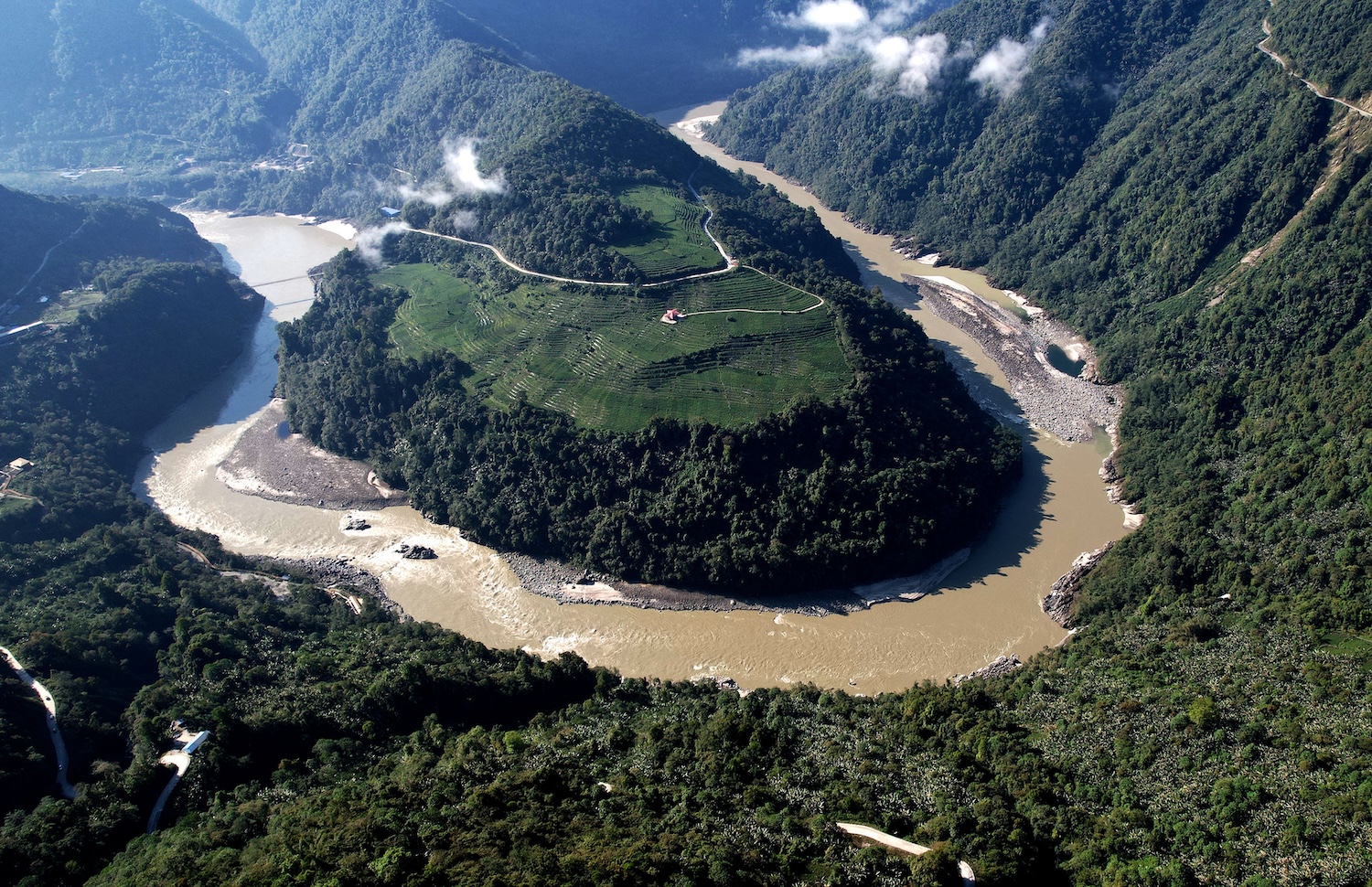
Chinese Premier Li Qiang launched construction of a mega-dam project in the lower reaches of the Yarlung Tsangpo river in Tibet on Saturday, with a total planned investment of 1.2 trillion yuan ($167 billion), according to the official Xinhua News Agency.
A new company called China Yajiang Group was also officially unveiled on Saturday. It will be responsible for constructing the hydroelectric project, consisting of five cascade dams and located near Nyingchi in the southeast of the autonomous region of Tibet, Xinhua said.
The power generated will be mainly sold outside of Tibet, while also being used for local consumption needs, Xinhua said, without providing details of capacity.
The total investment would make the dam one of the costliest infrastructure projects ever undertaken and could contribute to Beijing’s efforts to revive economic growth.
However, the dam could also become a source of tension between China and India, as the Yarlung Tsangpo runs through the contested Arunachal Pradesh area and feeds into one of India’s major rivers, the Brahmaputra. Beijing has said that there won’t be any adverse impact to downstream areas.
The project will include a power transmission project from Tibet to the Hong Kong area, the National Development and Reform Commission said earlier this year.
Studies have shown that the huge gorge in the lower reaches of the Yarlung Tsangpo has potential for 70 gigawatts of electricity generating capacity — more than triple that of the Three Gorges Dam, the largest in the world.
Such a project would represent massive feats of both engineering and diplomacy. Just getting construction and energy transmission equipment to the remote spot would be difficult, before even considering how to work around river rapids that drop 2,000 metres in elevation over a 50km stretch.
The river flows downstream into India and Bangladesh, meaning potential disruptions to water supply that could become international incidents.
Environmentalists in China have long worried about the irreversible impact of dam construction in the Yarlung Tsangpo gorge. The area is home to a national nature reserve and one of the country’s top biodiversity hotspots.
India said in January that it had raised concerns with China about the project in Tibet, saying it will “monitor and take necessary measures to protect our interests”.
